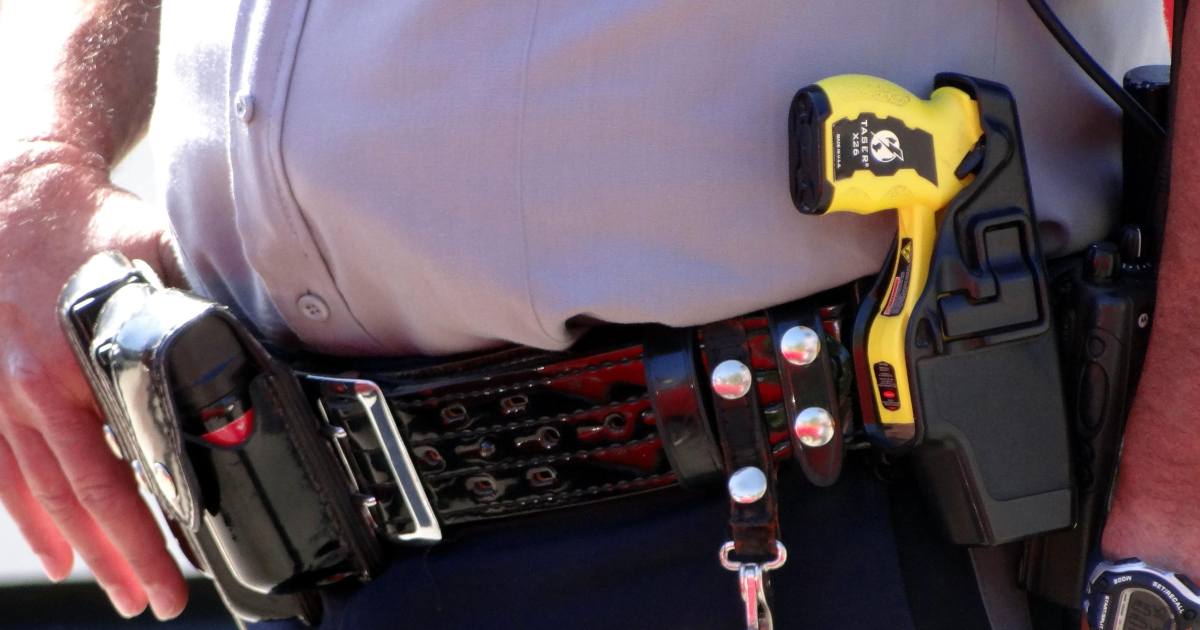How can importers establish a quality standard, and then enforce it? Here are 4 proven ways to enforce a quality standard in China and other Asian countries, and also improve how you handle your suppliers, too.
1. Insist on getting a “perfect” sample
Whenever possible, you should have a perfect sample (i.e. a prototype that conforms in all aspects to what you want to receive) in your hands before production is launched. The best practice is to get at least two samples and send one back to the factory with your signature/stamp on it.
This is the most basic way to establish your quality standard. The difficulty will be in the enforcement.
In China, and in South-East Asia in General, factories know that sending very nice samples is what helps them get orders. These perfect samples (prepared by experimented technicians who take their time) are usually better than what can be made in mass production.
Suppliers simply assume that the buyers know it. And in any case, a buyer who has wired a 30% deposit and is in a hurry to ship usually accepts this situation. Many factories count on it.
How not to fall in that trap?
1. You should avoid at all costs settling the payment before the quality of bulk production is approved (either by yourself or by an inspection company).
2. You should write a note about what has to be EXACTLY similar to the perfect sample (e.g. the overall outlook, the color, the function, etc.) and get your supplier to sign it.
3. You should make a list of the differences that you can live with (see next part).
4. Check early in the production cycle. If you can afford it, send either one of your technicians or a third-party inspector in the factory. When? During production, as soon as finished products get off the lines.
This way, you will notice if the factory is not respecting your quality standard. And you will have time to negotiate a solution with your supplier.
If possible, the factory can avoid the same problems on the products that are not in the process yet. And they can rework (or reproduce) the output that you have rejected.
2. Define tolerances wherever applicable
Sometimes it is not realistic to expect a very precise result. For example, garments are generally made by hand, so there has to be a tolerance for measurements (for example: 15cm in S size, +/-1cm). In this case, the objective is the comfort of the garment.
Another example: for juvenile products (toys, children clothes…), it should be impossible to pull small accessories off with a force of 90 Newton of less. If you have no idea about the safety issues surrounding your products, you can get in touch with a quality control firm.

Once you have approved some tolerances, put all your specifications on paper and get your supplier’s signature on them. You have already done half the work to establish and enforce a relevant quality standard.
These specifications will naturally become the inspection checklist when the time comes to verify quality.
Sometimes it makes no sense to give a tolerance, of course. Here are two examples: “hard disk drive should be 120 gigabits in capacity”; “red color is Pantone TPX-1664”. In these cases, your specification is clear and precise, and the supplier should follow it.
3. Set a limit on the proportion of defects
A defect is an issue that you cannot accept on all products.
In the aeronautics industry, manufacturers have to guarantee near-defect-free products. But for consumer goods such as toys or apparel, such a high quality standard is neither realistic not necessary.
The different types of defects
Some defects are worse than others:
- Critical defects might hurt the user (e.g. poor construction that induces an electrical shock);
- Major defects are not acceptable by most buyers in stores (e.g. large stains) or might cause problems in the supply chain (e.g. unreadable carton barcodes);
- Minor defects can be tolerated by most buyers, but only in small quantity.
How to set a limit on the proportion of defects?
The quality control industry uses the same statistics (derived from a US army standard) when it comes to checking consumer goods.
All inspectors and virtually all factories and traders are familiar with AQL (Acceptance Quality Limits). To be clear, AQL is the highest proportion of defects that you can accept.
For most product categories, the AQL limits are usually the following:
- 0% for critical defects
- 2.5% for major defects (or 1.5% for relatively valuable goods)
- 4.0% for minor defects (or 2.5% for relatively valuable goods)
As a buyer, you have total freedom in setting your AQL limits, but you are advised to discuss this from the beginning with your supplier and to get their written agreement.
4. A quality standard suffers no exception
Let’s say a supplier is late, you negotiate a delay with your customers, and, before shipment, you notice that quality is less than desirable. You still prefer delivering the products, rather than cancelling the order. So you tell your supplier that he can ship out and that next time should be better.
The problem is, the “exceptional tolerance” will become the de facto standard for the factory. Count on them to remember that you can accept less-than-perfect products.
Chinese manufacturers tend to have a “can’t do” attitude after an order production has started. Two of their favorite expressions are “cha bu duo” (it’s off, but not by much, so you should accept it as is) and “mei ban fa” (there is nothing we can do about it now, no need to keep pressing this issue).
You should fight their natural inclination. Ask for re-work and re-inspections, even if it costs you 10 days. This type of efforts pays off handsomely in the long term, as long as the factory can reasonably achieve your quality standard (you will have clarified this if you follow the steps I listed above).
This should be a general rule, except when you are about to stop giving business to a supplier.
***
Do you have any other suggestions for steps one can take to enforce a quality standard in China? What tricks have suppliers tried to pull in the past, and how did you deal with them?
Further reading: Four simple steps for starting to do quality control; How to prepare an inspection checklist.
Featured image courtesy of morguefile, DodgertonSkillhause, morguefile CC license
Sofeast: Quality Assurance In China Or Vietnam For Beginners [eBook]
This free eBook shows importers who are new to outsourcing production to China or Vietnam the five key foundations of a proven Quality Assurance strategy, and also shows you some common traps that importers fall into and how to avoid or overcome them in order to get the best possible production results.
Ready to get your copy? Hit the button below:



This is good information, also, learn the phrase “bu xing” which means NO GO (literally).
Once you allow them to believe that substandard product will be accepted, they will immediately increase the percentage you accept.
Only the threat of having you reject the order (which means someone is there to stop them) is going to maintain your standards.
Hi Trent, this is right. Defining clear limits and then being inflexible is not easy, but is necessary.
Hi Renaud,
I had a question about the “perfect sample” and the third party quality control companies. If I am hiring a third party to do the quality control should I get a “perfect sample” from the factory, then send it to the third party quality control company? Or is it possible for the factory to send the perfect sample straight to the quality control company? I am inclined to the former but am unsure. The products in question are medical disposables (less than USD$0.50 per piece) and the factories we are dealing with have FDA certifications. Any help would be appreciated. Thank you and thanks for all of the great information on this site. It is greatly appreciated.
Hi Saj,
The most reliable way is that the factory sends you several samples, you approve them (hopefully), and then you send a few samples back to the inspection company.
If you can’t afford to do this way (either because of the cost of the timing), you can find a way to put a sample at your inspector’s disposal in the factory. For example you can sign on it and/or tell the factory to keep it in a sealed package and to give it to the inspector.
It is often a headache for the first orders. There is no universal solution. It is usually easier for repeat orders, if you are happy with the products that were shipped to you previously.
pls tell me the way to control sewing quality.
Hi Ziaul Karim,
You mean, how to check if the seams of garments/bags are strong enough?
We usually pull on the seams (both sides), we check if there is enough seam allowance everywhere, and we look for broken/skipped stitching.
For further reading about garment checkpoints: https://www.qualityinspection.org/inspection-textile-products/